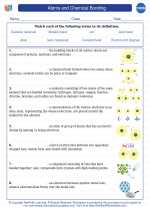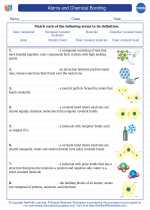Pacific Ocean
The Pacific Ocean is the largest and deepest of Earth's oceanic divisions. It extends from the Arctic Ocean in the north to the Southern Ocean in the south and is bounded by Asia and Australia in the west and the Americas in the east.
Physical Characteristics
The Pacific Ocean covers an area of approximately 63 million square miles and has an average depth of about 13,000 feet. It is known for its numerous islands, including the Hawaiian Islands, and its diverse marine life.
Geological Features
The Pacific Ring of Fire, a region of high volcanic and seismic activity, encircles the Pacific Ocean. This area is known for its frequent earthquakes and volcanic eruptions due to the movement of tectonic plates.
Environmental Importance
The Pacific Ocean plays a crucial role in regulating the Earth's climate and weather patterns. It is also home to a wide variety of marine species, including fish, mammals, and invertebrates, making it an important area for biodiversity conservation.
Human Impact
Human activities, such as overfishing, pollution, and climate change, have had significant impacts on the Pacific Ocean and its ecosystems. Conservation efforts are important for preserving the ocean's health and biodiversity.
Study Guide
- What are the physical characteristics of the Pacific Ocean?
- Describe the geological features of the Pacific Ocean.
- Why is the Pacific Ocean environmentally important?
- What are some of the human impacts on the Pacific Ocean?
◂Chemistry Worksheets and Study Guides High School. Atoms and Chemical Bonding

 Worksheet/Answer key
Worksheet/Answer key
 Worksheet/Answer key
Worksheet/Answer key
 Vocabulary/Answer key
Vocabulary/Answer key
 Vocabulary/Answer key
Vocabulary/Answer key
